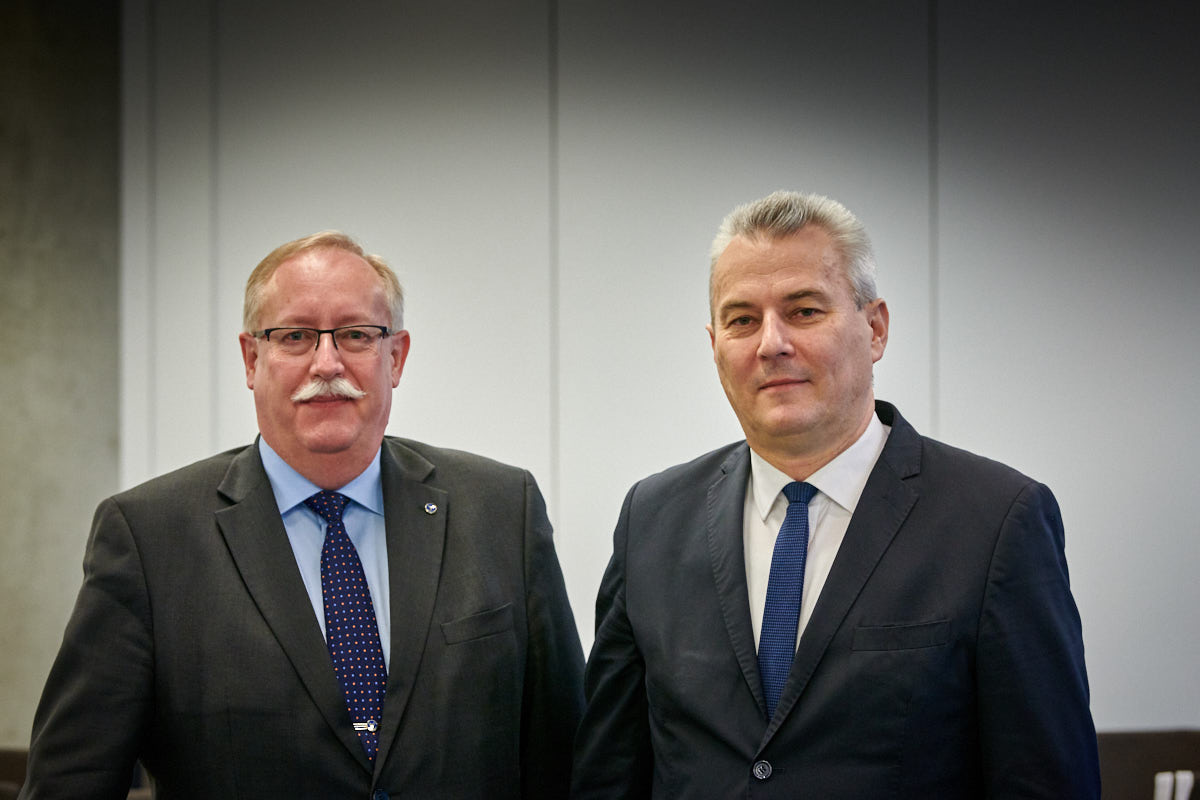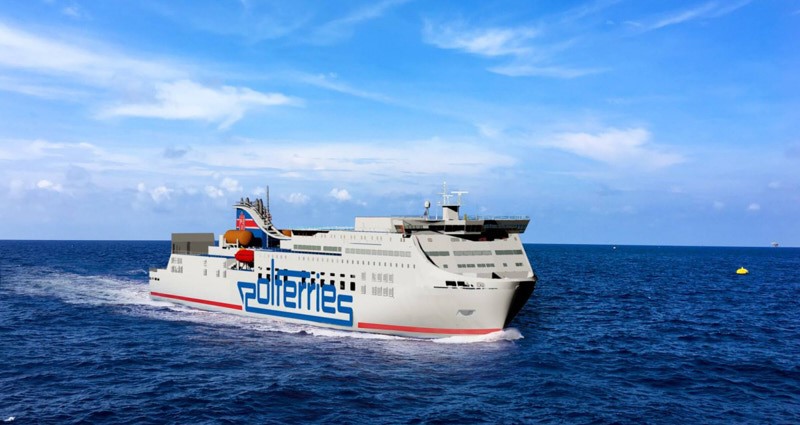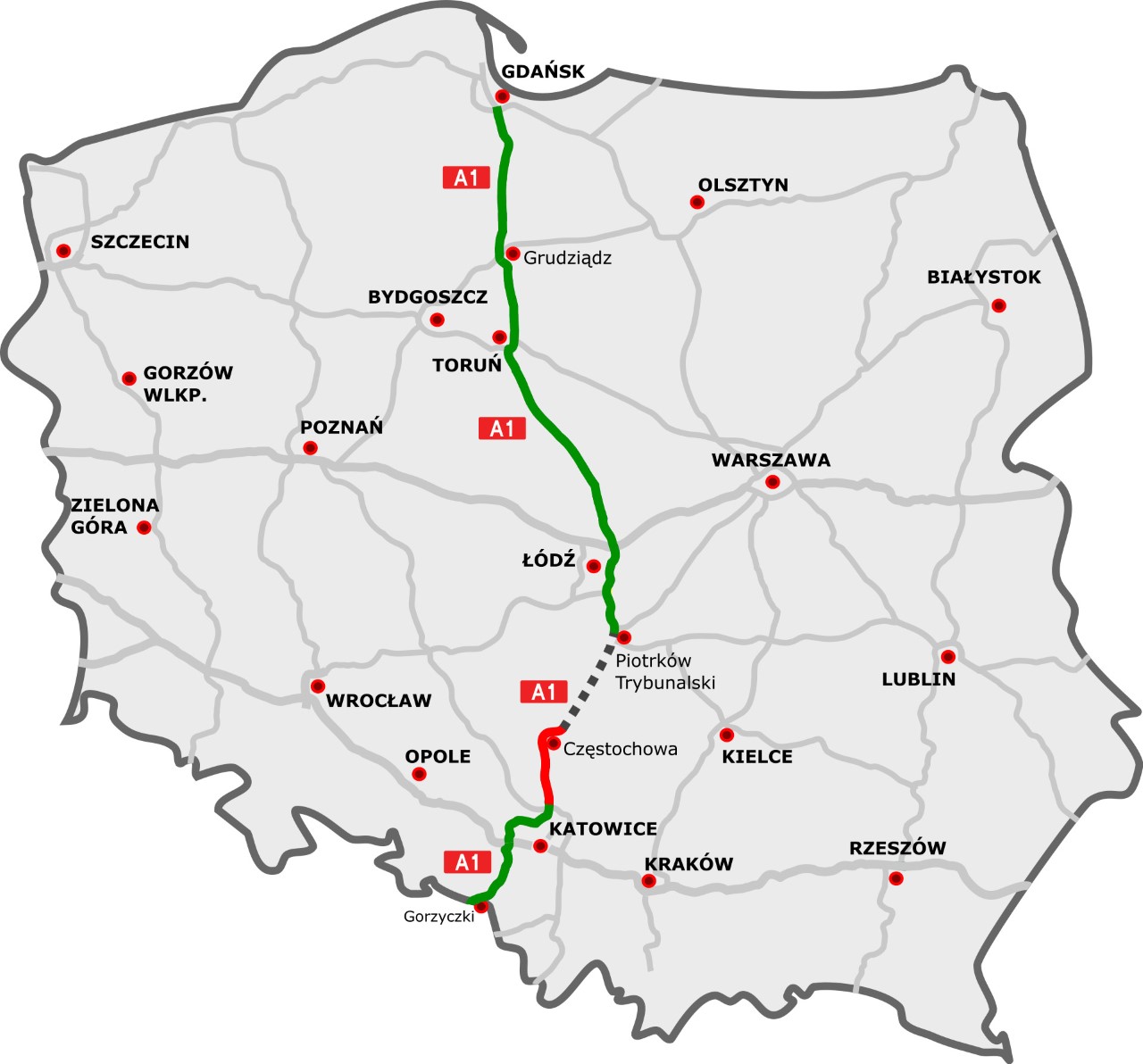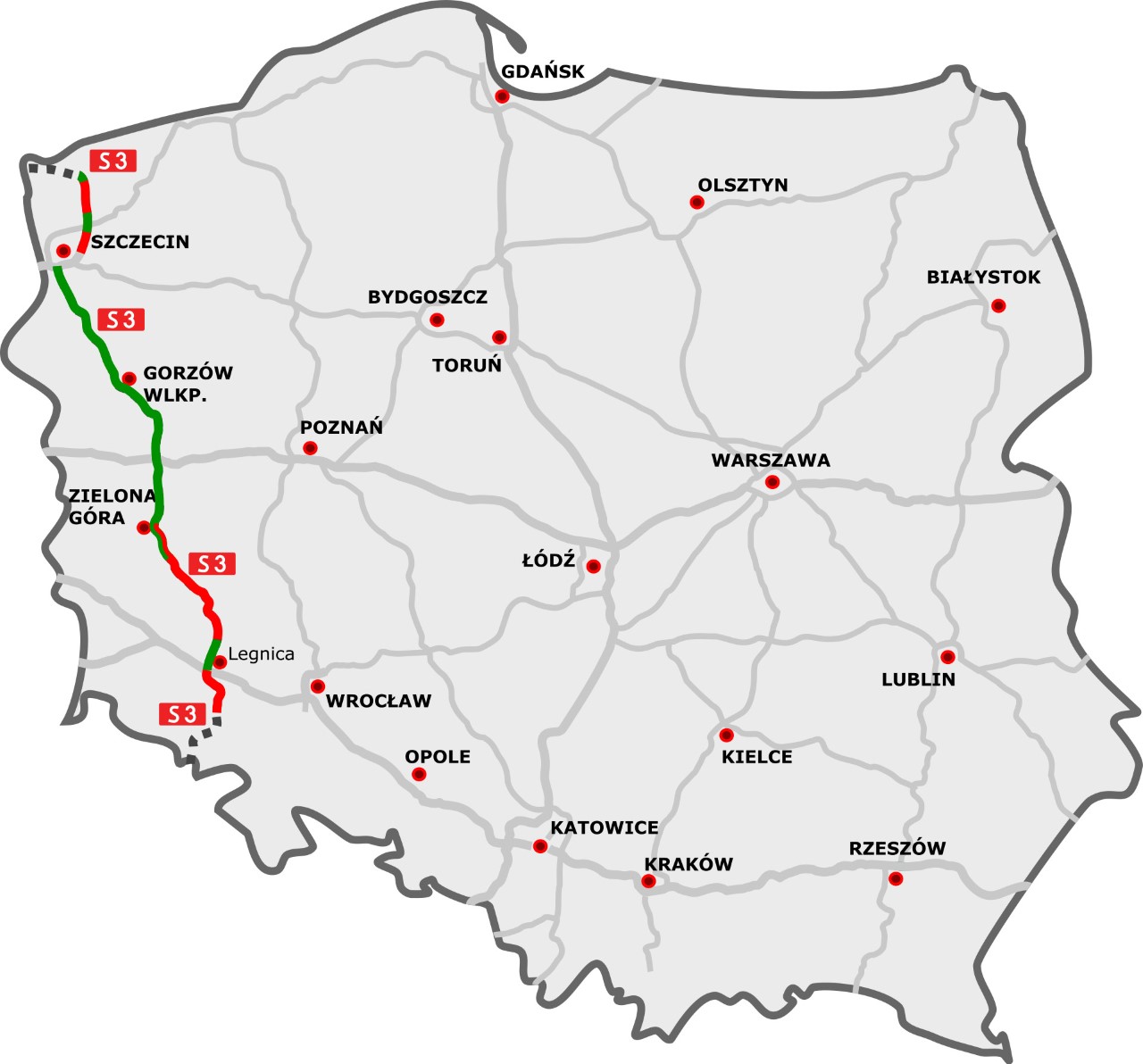During the last two years we have seen different data about the ro-pax. Can you tell something more about size etc?
PR: Our new ro-pax will be 220 m long, with a garage capacity of 4,000 lane metres or more than 200 lorries. She will be powered by LNG (dual-fuel).
How is the situation in the Port of Ystad? It seems you have been through some political turmoil.
BB: We are building! It took indeed some time due to political discussions. We now have a contractor who is building two new ferry berths. They will open in November 2020.
We always had a political majority for this project, but during elections there were some discussions. Not anymore, we have landed!
How do you see the evolution of the traffic on the corridor Poland-Sweden?
PR: The market continues to grow at an impressive rate, creating a huge potential. With new motorways (see below), the growth is set to continue.
The Expressway S3 is planned to run from Świnoujście to the border with the Czech Republic, where it will connect to the D11 motorway. The total planned length is 470 km is open and 68 is under construction.
The market will grow because we will have much more clients from the Czech Republic, Hungary, Bulgaria, Slovakia and Southern Europe.
In Gdansk we see the investment in the A1 Autostrada. Officially named Amber Highway, it is a north-south motorway that runs through central Poland, to the Czech border, where it is connected with the Czech motorway D1. The motorway is a part of the European route E75





